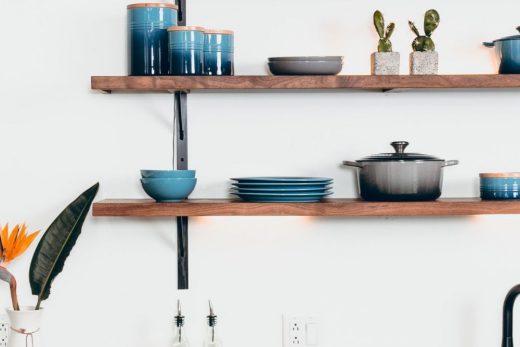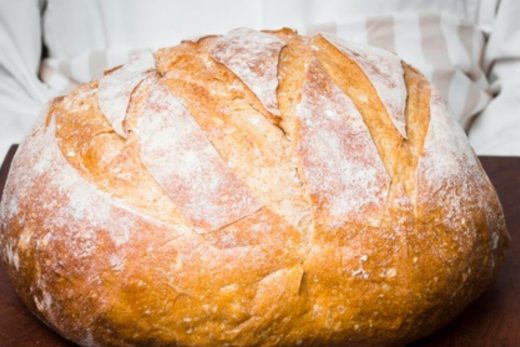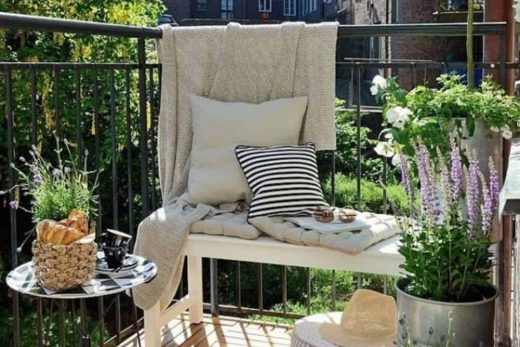- Agave plant is a short stemmed plant. The top of the leaves has a waxy texture. Leaf edges have a toothed appearance. Again, the leaves are pointed and the tip is like a thorn. Its leaves are meaty. Since it blooms only once, it accumulates nutrients in its fleshy leaves. And he uses all his energy for this flower.
- Agave plants bloom only once in its life span, which is an average of 60 to 100 years. For this reason, many growers unfortunately cannot witness it in bloom. Due to this feature, it is also known as a century plant. It gives flowers once in its lifetime and again once again. Unfortunately, he dies afterwards.
- It blooms towards the end of summer. It blooms with yellow, white and green flowers. The flower shape is like a bell. Fruits are also brown. The fruit shape resembles an egg. There are black flat seeds in the fruit.
- Agave plant comes from the family of agavaceae. It is a type of cactus that is native to Central America and grows naturally in deserts in Mexico. The agave plant has been listed and protected by Unesco, and has around 300 species.
- It is known as agave or patience flower in Turkish. It is also grown in the Mediterranean and Aegean regions in our country. Another well-known member of the Sabırgiller family is the yucca plant.
- It also has many health benefits. It is good for constipation. It is especially effective against inflammation and infections. It also has an immunity-enhancing effect. It has a cholesterol lowering effect. Since its syrup contains plenty of fiber, it gives a feeling of satiety.
- Before consumption, a doctor should be consulted.
- Agave plant contains saponin. This substance obtained from its leaves and roots is used in soap making. It has very strong fibers in its leaves. These fibers are used in rope and mat production in the weaving industry.
They live in tropical, semi-tropical, heat resistant and temperate climates. It is resistant to minus 10 degrees cold. Loves the sun and daylight.
Since it is a succulent type, it can withstand thirst for a long time. It can survive in rocky and arid areas. Irrigation is done more frequently in summer due to the heat, and less frequently in winters. Overwatering in the winter will damage their roots.
It grows in clay, sandy, loam, clay loam, sandy loam soils. Soil pH should be in the range of 6-8. Fertilizer can be given every 2 weeks between March and August.





